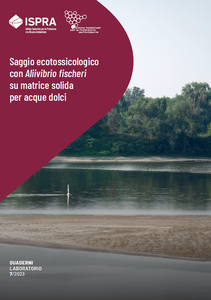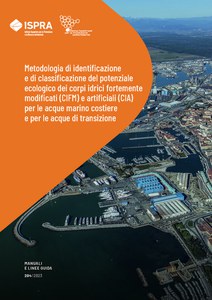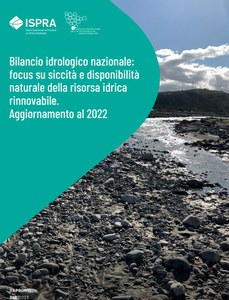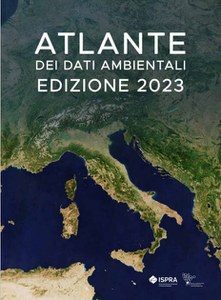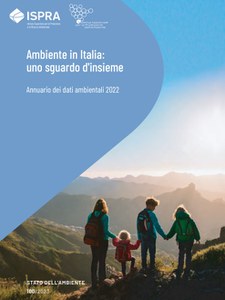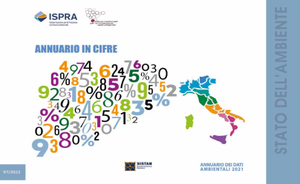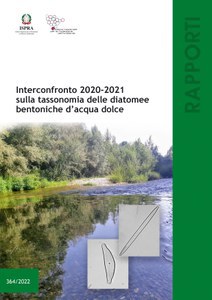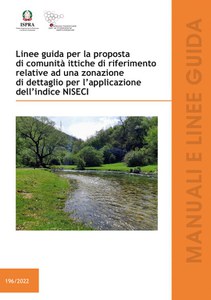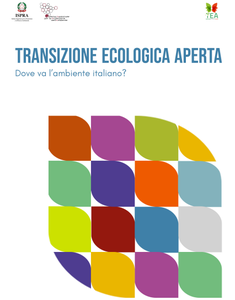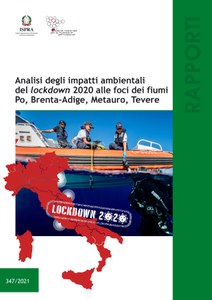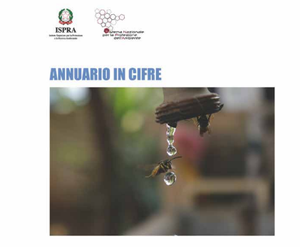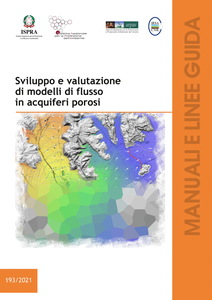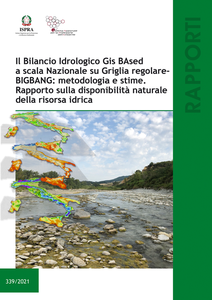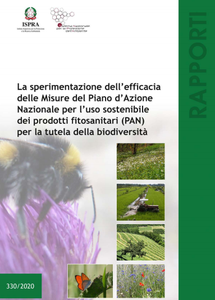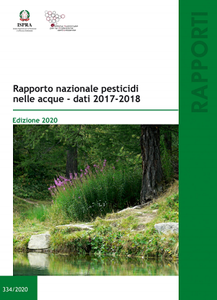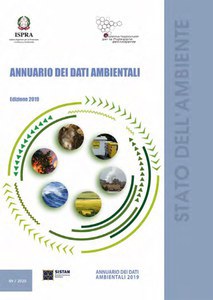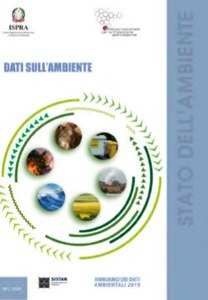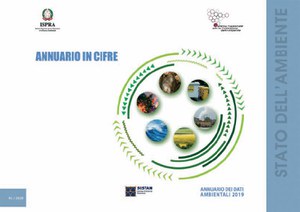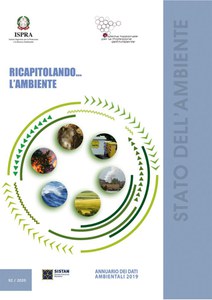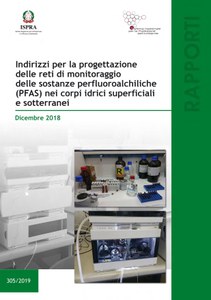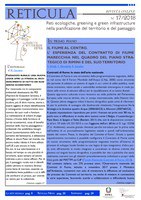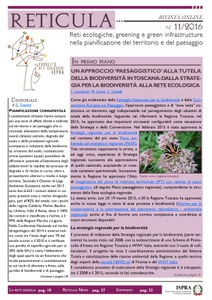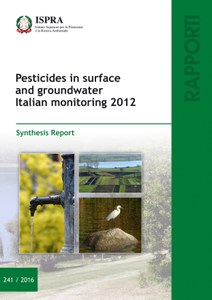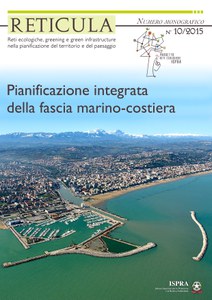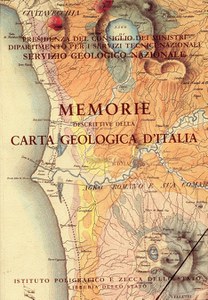Publications
Operating procedure for the solid phase assay using Aliivibrio fischeri
This document describes the outcomes of a collaborative trial on ecotoxicological measurements in which laboratories belonging to public institutions (ISPRA, ARPA/APPA, Universities and other Research Institutes) and private subjects participated. This study led to the validation of a specific method for freshwater environments for conducting the solid-phase bioassay using the bacterium Aliivibrio fischeri.
Methodology for the identification and classification of the ecological potential of heavily modified (HMWB) and artificial (AWB) water bodies for coastal and transitional waters
In the framework of the implementation of the Water Framework Directive (2000/60/EC), this Guideline was developed by the National Working Group for the identification and classification of the ecological potential of heavily modified water bodies (HMWB) and artificial water bodies (AWB) for coastal and transitional waters.
Nationwide hydrological water budget: focus on drought and natural availability of renewable water resources. Update to 2022.
Atlas of Environmental Data. 2023 edition
The Atlas of environmental data, a volume that ISPRA publishes for the first time, offers an overview of the main environmental data. It provides cartographic representations showing the spatial distribution of the main environmental information which, together with graphs, tables and texts, illustrate the state of the entire national territory.
Environment in Italy: an overview. Environmental Data Yearbook 2022
Environment in Italy: an overview. Environmental Data Yearbook 2022 is a statistical report produced by ISPRA with the aim of providing policy makers, public administrators, technicians and citizens with official information on the state of the environment in our country.
The Yearbook in figures
Environmental Data Yearbook 2021
National report on pesticides in waters 2022 edition (2019-2020 data)
The Report provides information on the presence of residues of plant protection products in surface water and groundwater. The 2019-2020 monitoring results are presented in terms of the recovery frequency and concentrations distribution, the levels of contamination obtained by comparison with the environmental quality standards are assessed.
Walking through the environment
Intercomparison on the taxonomy of freshwater benthic diatoms (2020-2021)
In the continuation of a collaboration between the Environmental Agencies of Friuli Venezia Giulia and Lombardy, the University of Turin and ISPRA (Italian Institute for Environmental Protection), this report contains the results of an interlaboratory comparison aimed at assessing the performance of the participating laboratories in the taxonomic identification of benthic diatoms in surface water bodies
Application of the NISECI index: guideline for the proposal of reference fish communities related to a detailed river zonation.
This Manual explains the criteria and methods for carrying out the detailed zonation process in river water bodies, and provides indications for the correct definition of the expected local fish communities and alien species to be used in the NISECI calculation.
Open Ecological Transition
Analysis of the environmental impacts of the 2020 lockdown at the mouths of the Po, Brenta-Adige, Metauro and Tiber rivers
This report presents the results of the project Lockdown (2020) which aimed at evaluating the consequences on marine water quality of the interruption of many production activities during the COVID-19 pandemic. The project, led by ISPRA, was carried out in collaboration with Guardia Costiera (Italian Coast Guard), and regional environmental agencies (ARPA) of Veneto, Marche and Lazio regions.
The Yearbook in figures
Environmental Data Yearbook 2020
Models of flow and transport of contaminants in groundwater
The implementation of numerical models of flow and transport of contaminants in groundwater is becoming increasingly important, either in the context of remediation procedures for contaminated sites with the purpose of defining and planning interventions for the safety and remediation of groundwater, and at the basin or sub-basin scale for the characterization and management of groundwater resources. In this context, it is of primary importance that public administrations and control bodies, as auditors or reviewers of the models themselves, have a methodological reference that guides the implementation on the one hand, and the evaluation of numerical models on the other.
Nationwide GIS-based regular gridded hydrological water budget – BIGBANG: methodology and estimates. Report on the state of the renewable freshwater resources
In the framework of its activity on national operational hydrology, the Italian National Institute for Environmental Protection and Research has developed a distributed water budget model named BIGBANG – Bilancio Idrologico GIS Based a scala Nazionale su Griglia regolare, aimed at evaluating the hydrological water budget components at monthly scale.
The experimental assessment of the effectiveness of the measures provided for by the National Action Plan for the sustainable use of plant protection products (NAP)
ISPRA 330/2020 report highlights the results of an experimental assessment of the effectiveness of the measures provided for by the National Action Plan for the sustainable use of plant protection products (NAP - defined according to EU Directive2009/128/CE) aimed at protecting biodiversity.
National report on pesticides in waters. Data 2017-2018
The Report provides information on the presence of residues of plant protection products in surface water and groundwater. The 2017-2018 monitoring results are presented in terms of the recovery frequency and concentrations distribution, the levels of contamination obtained by comparison with the environmental quality standards are assessed. The trend of contamination is analyzed and the most critical substances and the phenomenon of poly-exposure are examined. Finally, the regulatory framework is placed in relation to the need to reduce impacts on the environment.
Environmental Data Yearbook - Edition 2019
Data on the Environment
Environmental Data Yearbook 2019
Environmental Data Yearbook in numbers
Environmental Data Yearbook 2019
Italian environment.Trend and Legislation
Environmental Data Yearbook 2019
Summarising...the environment
Environmental Data Yearbook 2019
Reticula n. 22/2019 Monographic Number
Protection and implementation of ecological connectivity in River Contracts
Guidelines for the design of monitoring networks for perfluoroalkyl substances (PFAS) in surface and underground water bodies
Reticula n.17/2018
Reticula n.11/2016
Pesticides in surface and groundwater - Italian monitoring 2012
Synthesis Report

